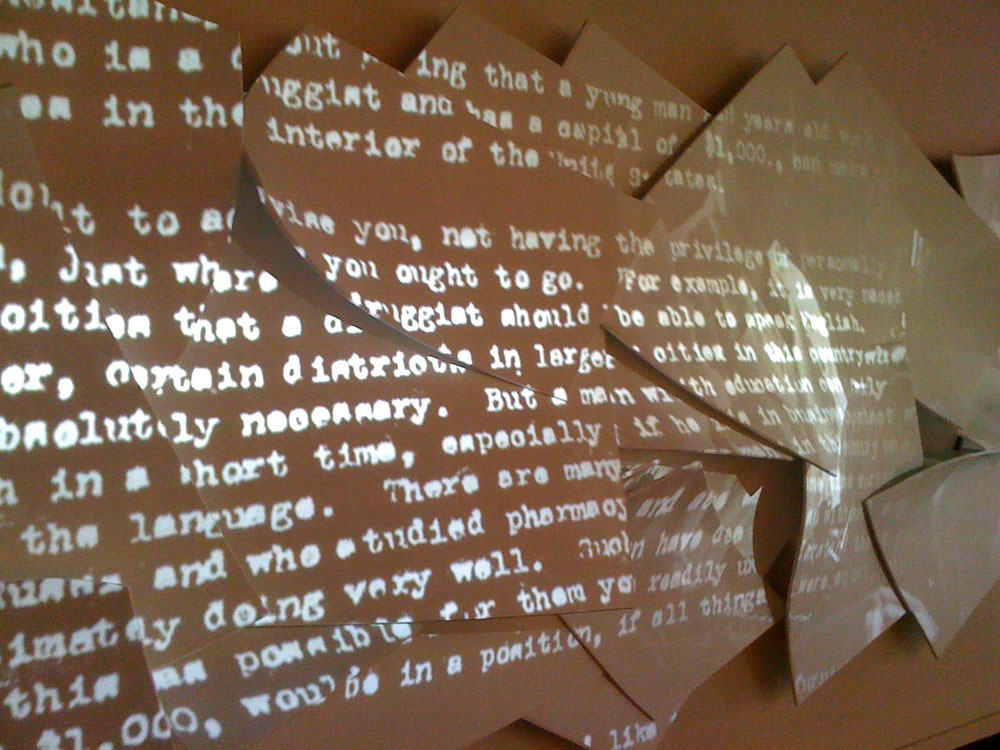
March 2, 2020; Philadelphia Inquirer
Like all nonprofit organizations, museum leaders face the challenge of creating a sustainable way to bring their transcendent, life-enriching missions to life. Part of that means being able to keep their finances in order.
When Philadelphia’s National Museum of Jewish History was founded in 1976, its mission was clear: “to connect Jews more closely to their heritage and to inspire in people of all backgrounds a greater appreciation for the diversity of the American Jewish experience and the freedoms to which Americans aspire.”
Eventually, the leadership decided that fulfilling those goals would mean acquiring a bigger, more prominent home than the small facilities that initially housed them. They set out to raise $150 million to fund construction and to establish a permanent endowment. When their efforts fell short, they faced a choice: shelve their expansion plans or borrow to make up the gap. In this case, the museum’s leadership decided to borrow what they could not raise and risk that that they could manage the debt load through future fundraising or by raising other revenues. To secure the needed financing, the museum projected increased attendance figures that proved to be far off the mark of the actual increase generated by the expansion.
According to the Philadelphia Inquirer, despite becoming a home for well-received exhibitions, attendance and fundraising did not meet their budget projections.
Fundraising for the museum hit a recent high of $7.4 million in fiscal 2017, according to audited financial statements. That fell to $5.9 million in 2018 and an unaudited $4.8 million in 2019. Total revenue has fallen from a recent high of $9.4 million in 2017 to $6.3 million in 2019. Attendance has followed a similar path. In 2017 it hit 108,745; by 2019 it had dropped to 82,950.
Now they find themselves in bankruptcy court, unable to meet their obligations and facing a large balloon payment. In a filing before a bankruptcy judge, they summed up their situation in just one sentence: “Since opening in 2010, the museum’s revenues from gate receipts and events have not reached the levels expected.”
Phil Darivoff, who chairs the museum’s board of trustees, says that since the museum’s opening, it’s been carrying the weight of “over $30 million in debt.”
Sign up for our free newsletters
Subscribe to NPQ's newsletters to have our top stories delivered directly to your inbox.
By signing up, you agree to our privacy policy and terms of use, and to receive messages from NPQ and our partners.
“It affects the way donors look at us,” Darivoff told the Inquirer. “It affects our confidence in our future. And frankly, the debt service is too big a burden for us.”
According to Darivoff, roughly 20 percent of the museum’s budget currently goes to paying interest on the museum’s debt. Worse, the museum faces the need to pay off a $16-million bond issue in 2022, which is twice the museum’s annual revenues. And, of course, given the museum’s failure to meet revenue targets, the likelihood of being able to refinance that $16 million is limited.
Under these circumstances, the decision to file for bankruptcy protection is surely a necessary one. The museum will remain open and programming will continue during the bankruptcy proceedings, museum officials emphasize.
“The entire board is with this plan,” Darivoff says. “We feel this is something we must do.”
But has the board learned from its past errors in business judgment? Maybe not. When asked if the museum regretted overextending itself to finance the expansion, Darivoff replied, “I don’t regret it; I applaud it. The group of people in Philadelphia who recognized the need in the American Jewish community to tell the story of Jews in America in a way that couldn’t be done in a one-room museum, I think was an act of great leadership.”
Is this great leadership, though? The protection bankruptcy affords can provide time to do the hard work of reflection and contemplation, but the organization’s leadership must be willing to do that work.
Behind the scenes, there are some signs that a shift in museum practice may occur. For example, last year the museum’s CEO Ivy Barsky resigned and Misha Galperin, a New York-based financial and management consultant, was named interim chief executive. Still, what the museum’s post-bankruptcy plan will look like remains unclear. Even assuming the museum obtains a decent settlement in bankruptcy court, without a more realistic plan going forward, the museum will remain at risk.—Martin Levine













